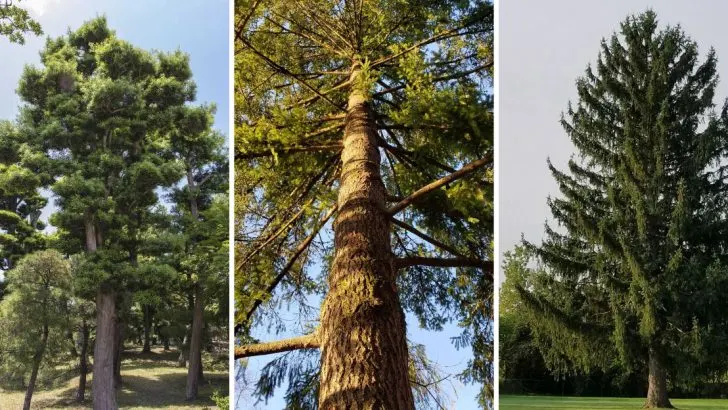Evergreen trees can be a beautiful addition to your yard, offering year-round greenery and charm. However, not all evergreens are created equal, and some can cause more headaches than they’re worth. From invasive roots to messy foliage and pest issues, certain species might leave you wishing you had chosen differently.
To save you the hassle, we’ve compiled a list of 12 evergreen trees to avoid planting – and suggested better alternatives that will enhance your landscape without the unwanted surprises.
Leyland Cypress
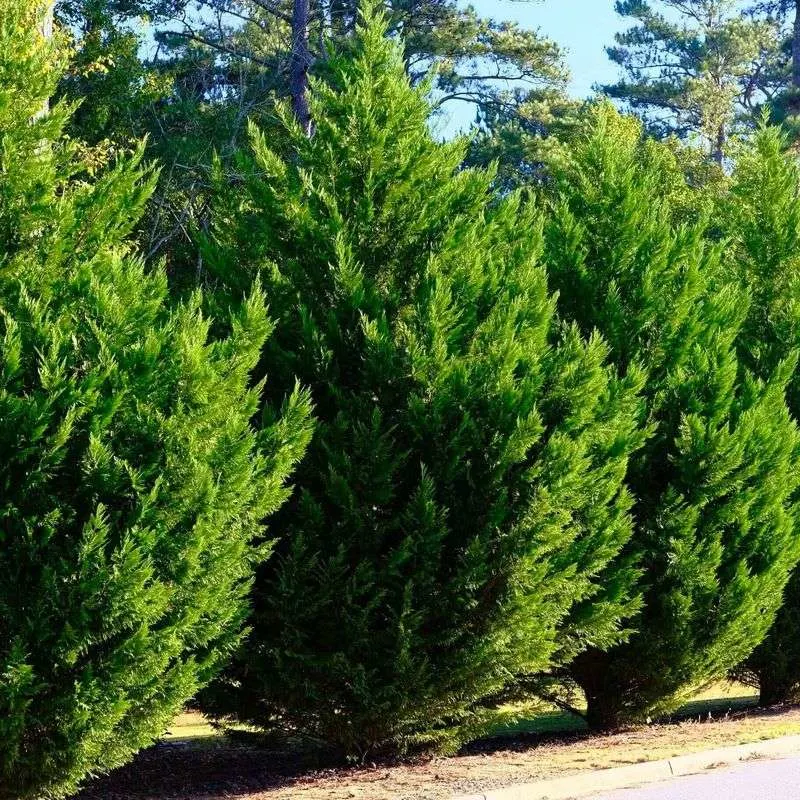
Fast-growing giants that can quickly outgrow their space, making them troublesome for small yards. Their rapid growth can lead to weak branches, susceptible to breaking during storms. Homeowners often face privacy issues as these trees, when not pruned regularly, can become sparse at the base. Instead, consider planting an Emerald Green Arborvitae, which is more compact and retains its lush appearance year-round. It provides privacy without the hassle of constant maintenance. Though Leyland Cypress offers immediate results, patience with a better-suited alternative will yield long-term satisfaction.
Black Pine
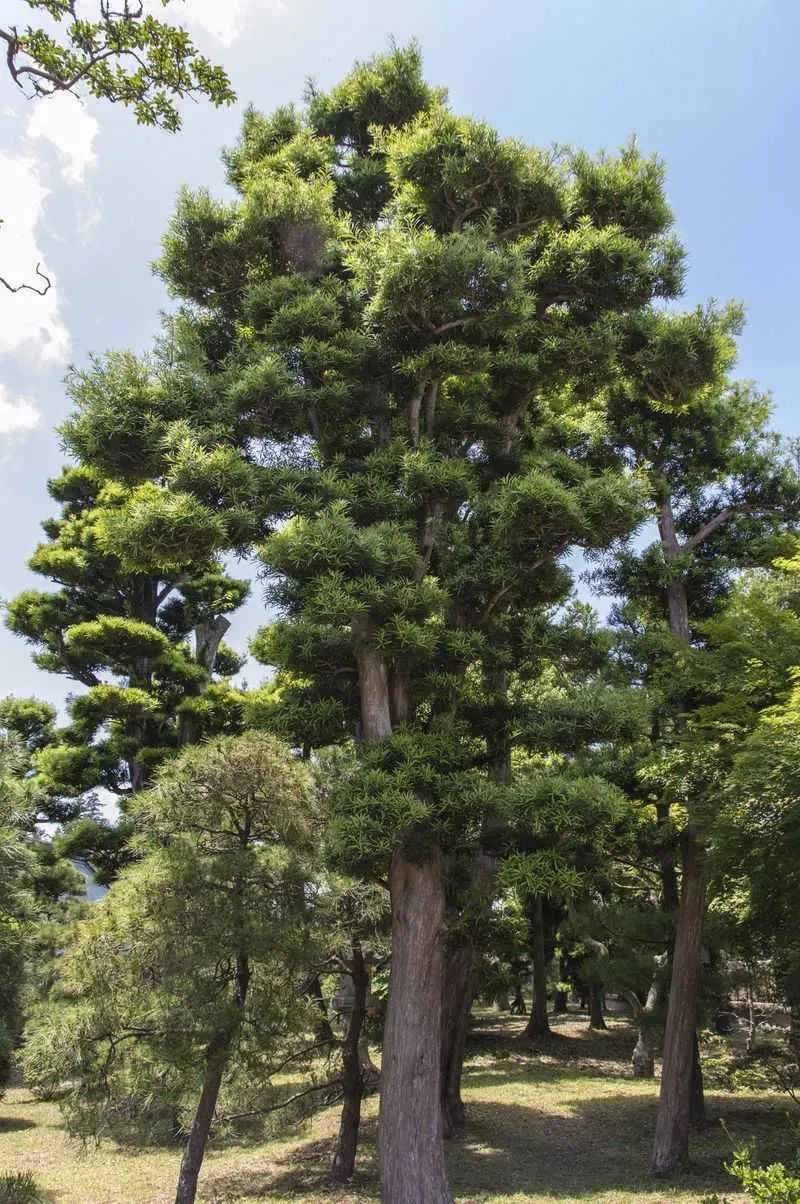
Known for its rugged appearance and resilience, but it comes with drawbacks. Black Pine can fall victim to pests and diseases, requiring vigilant care. Its sprawling growth can overshadow other plants, monopolizing sunlight. For a less demanding option, try the Eastern White Pine, which grows elegantly and requires minimal attention. Its softer needles and lighter color create a pleasant contrast in any setting. While Black Pine may seem like an intriguing choice, opting for a more adaptable species will ensure a healthier garden ecosystem.
Norway Spruce
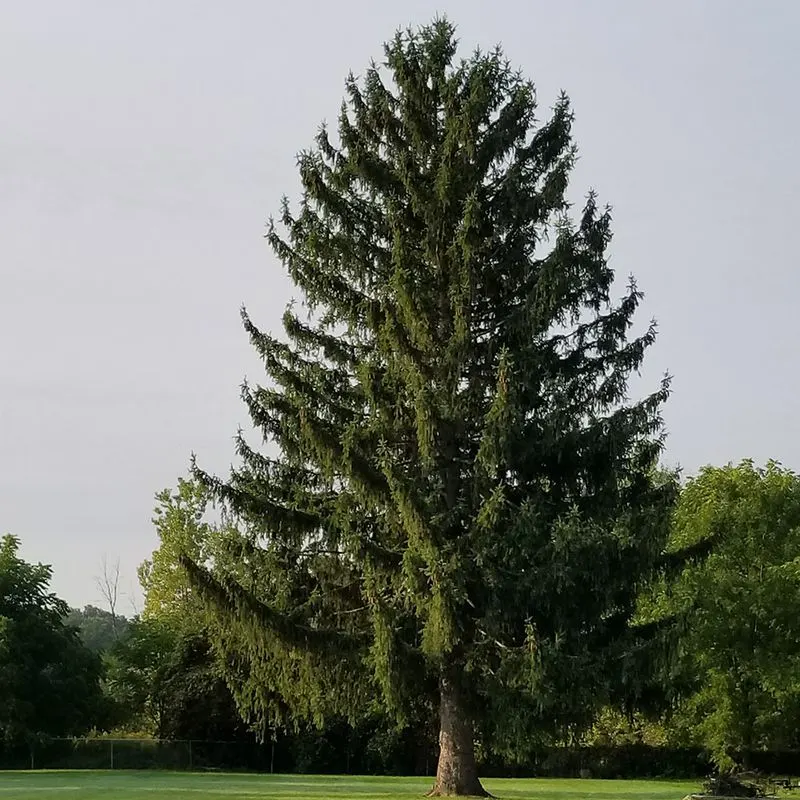
Appreciated for its classic Christmas tree shape, but it can present problems. As it matures, its lower branches become sparse, and the tree requires ample space to thrive. Its shallow root system makes it prone to toppling in strong winds. The Serbian Spruce offers a more stable and compact alternative, maintaining its fullness throughout. It’s ideal for smaller spaces and less vulnerable to adverse conditions. Choosing a tree like the Serbian Spruce ensures a safe and visually pleasing environment without compromising on aesthetic appeal.
Austrian Pine
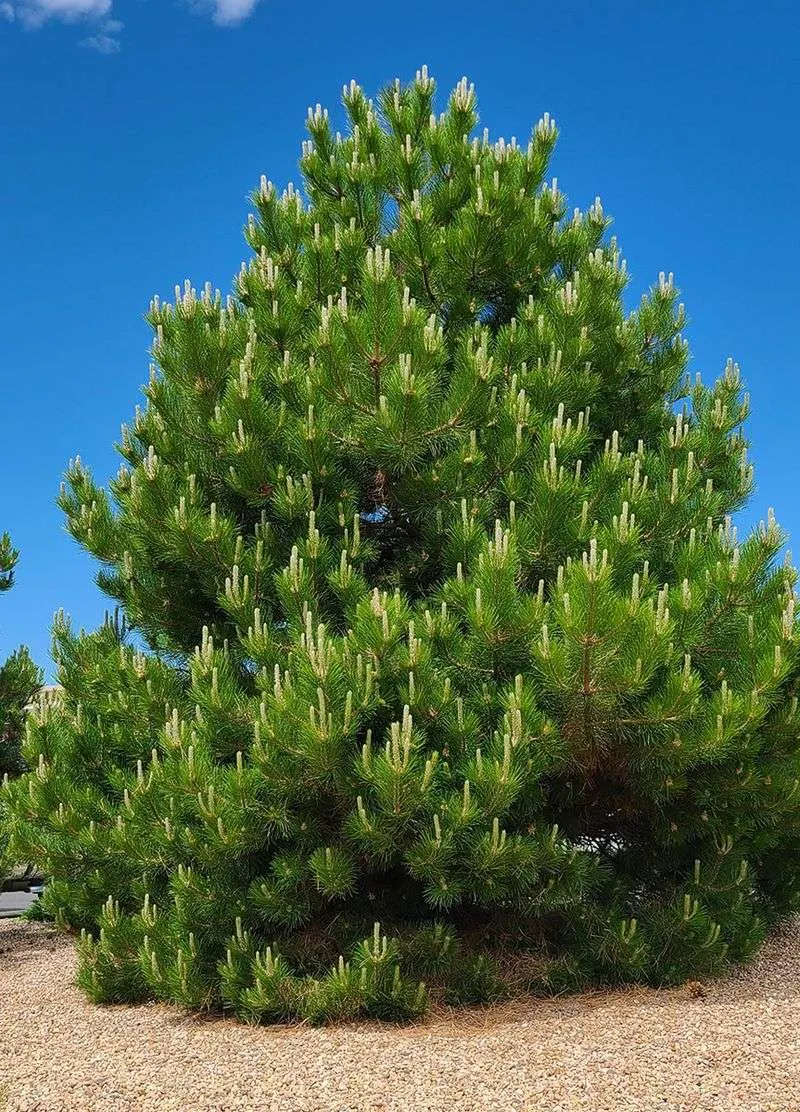
A robust and imposing tree that often faces issues with needle blight and other diseases. Its dense foliage can block sunlight, hindering the growth of nearby plants. Consider the Ponderosa Pine, which not only has a more open canopy but also resists common diseases better. Its beautiful bark and long lifespan add value to any landscape. While the Austrian Pine might exude strength, a more disease-resistant alternative like the Ponderosa Pine is a wiser investment for sustainable beauty.
Blue Spruce
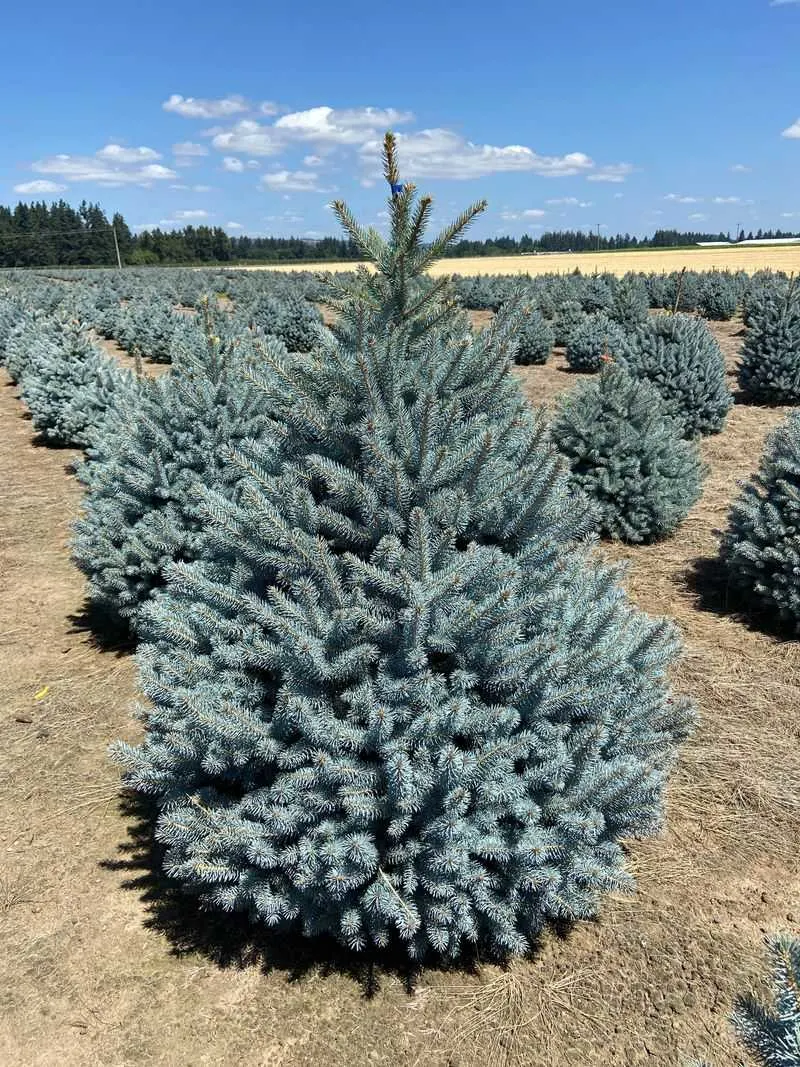
Known for its beautiful blue needles, but it’s prone to needle cast disease and requires specific conditions to thrive. Its rigid branches can create maintenance challenges, and it doesn’t adapt well to various climates. The White Fir offers a resilient and visually appealing option, showcasing a silvery hue that complements any landscape. It withstands diverse climates and needs less upkeep. Opting for a White Fir instead of dealing with the Blue Spruce’s sensitivities ensures a vibrant and manageable garden.
Arborvitae ‘Green Giant’
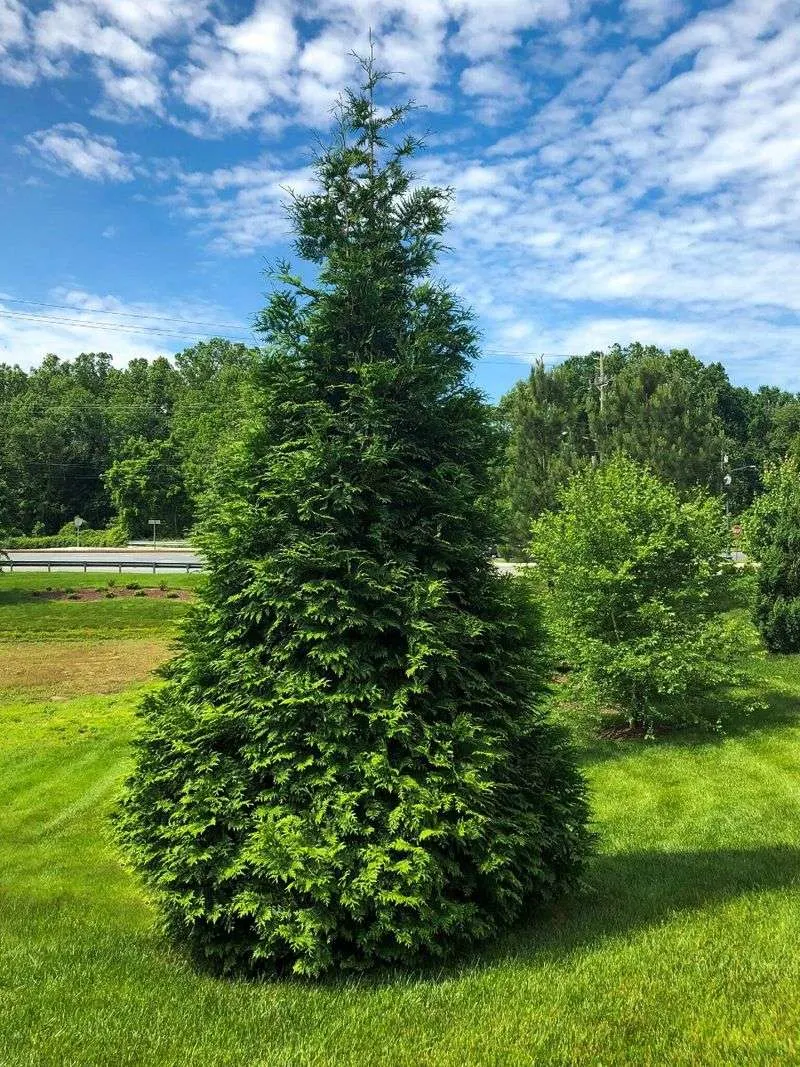
Praised for its rapid growth and dense foliage, but can become overwhelming in confined spaces. It tends to grow too wide, crowding out neighboring plants and structures. The American Holly is a more manageable option, offering year-round beauty with its glossy leaves and red berries. It’s perfect for adding privacy without overtaking the garden. While the ‘Green Giant’ promises quick results, choosing a more controlled variety like the American Holly keeps the garden both beautiful and balanced.
Scots Pine
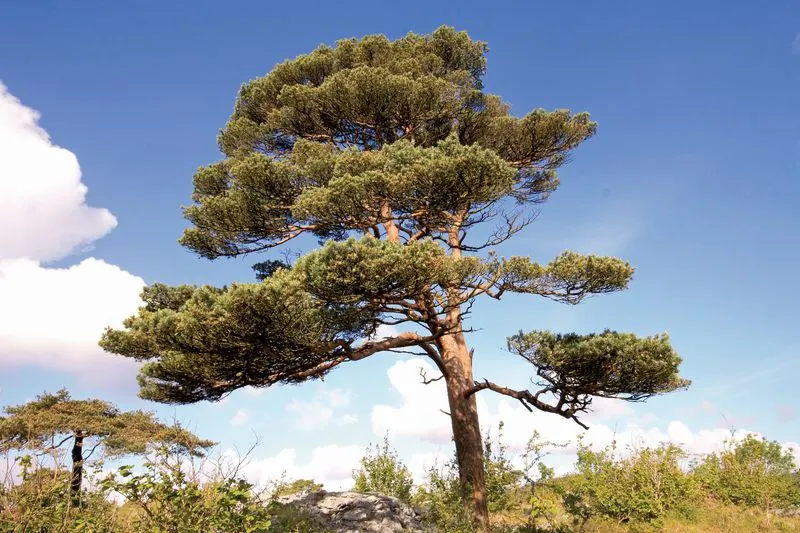
Renowned for its historical significance and hardy nature, yet it often becomes scraggly and unkempt over time. Its sparse branches can leave gaps, reducing its effectiveness as a windbreak or privacy screen. The Swiss Stone Pine is a better alternative, providing dense, soft foliage and a more uniform appearance. It also offers the added benefit of edible seeds. Choosing a Swiss Stone Pine enhances both the aesthetic and functional aspects of a garden, offering a consistent and rewarding choice.
Douglas Fir
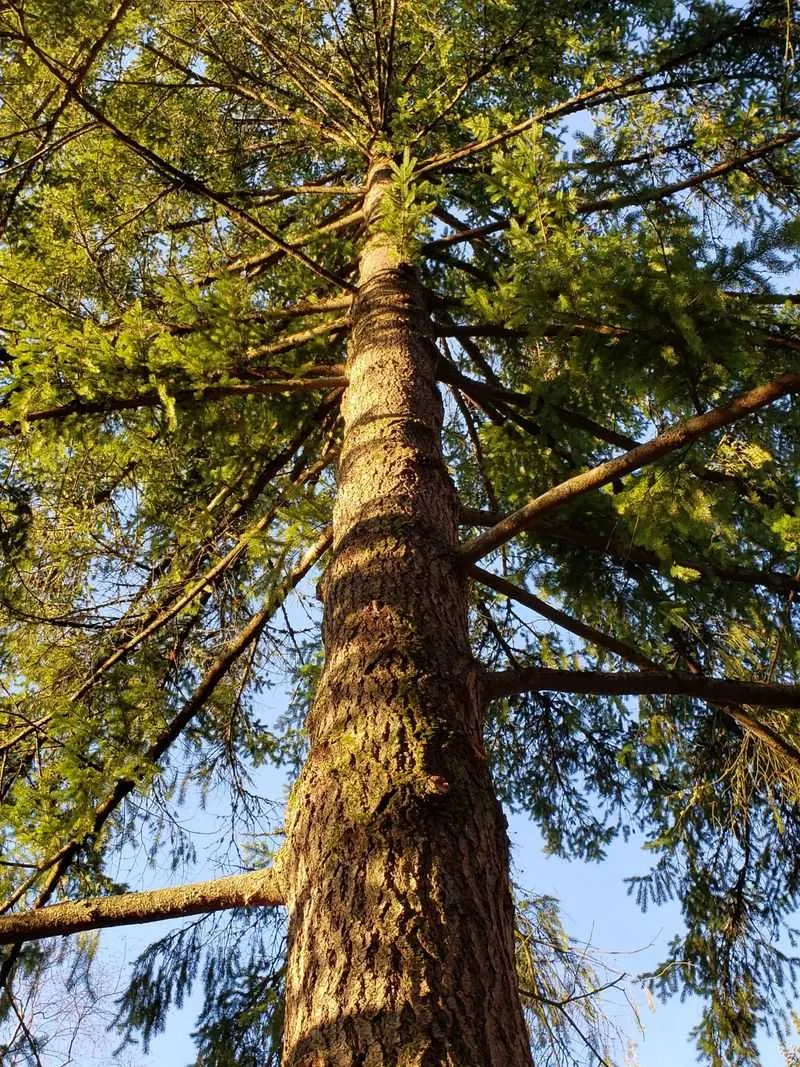
Celebrated for its towering presence and needle retention, but it can overshadow smaller plants and require extensive space to grow properly. Its thirst for nutrients can deplete soil, affecting neighboring flora. The Balsam Fir is a more suitable alternative, offering a compact form and pleasant fragrance. It thrives in various conditions without imposing on other plants. Opting for a Balsam Fir ensures a harmonious garden environment while still providing the evergreen charm you desire.
Eucalyptus
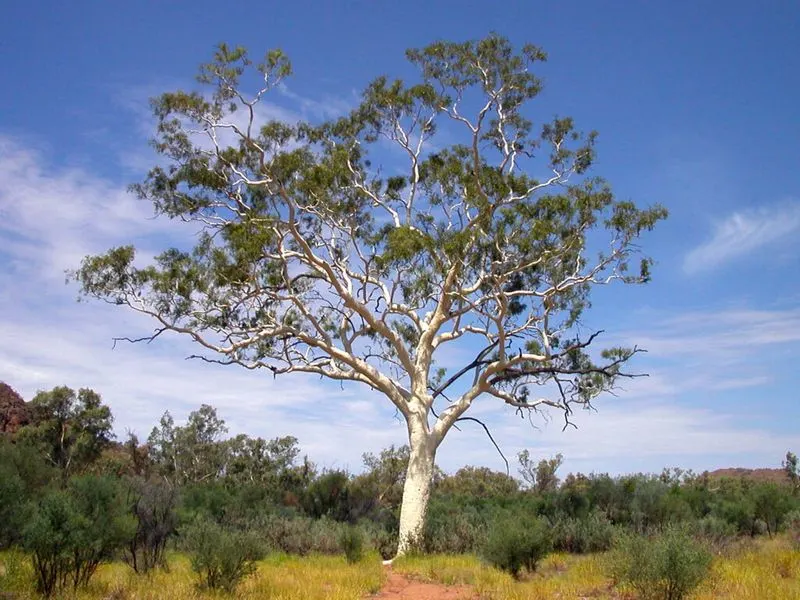
Famous for its aromatic leaves and rapid growth, yet it’s notorious for being invasive and water-hungry. Its shallow root system can cause structural damage and soil depletion. The California Bay Laurel provides similar aromatic qualities with less environmental impact. Its manageable size makes it suitable for gardens of all scales. While the allure of the Eucalyptus is undeniable, choosing a less invasive species like the California Bay Laurel promotes ecological balance and garden harmony.
Red Cedar
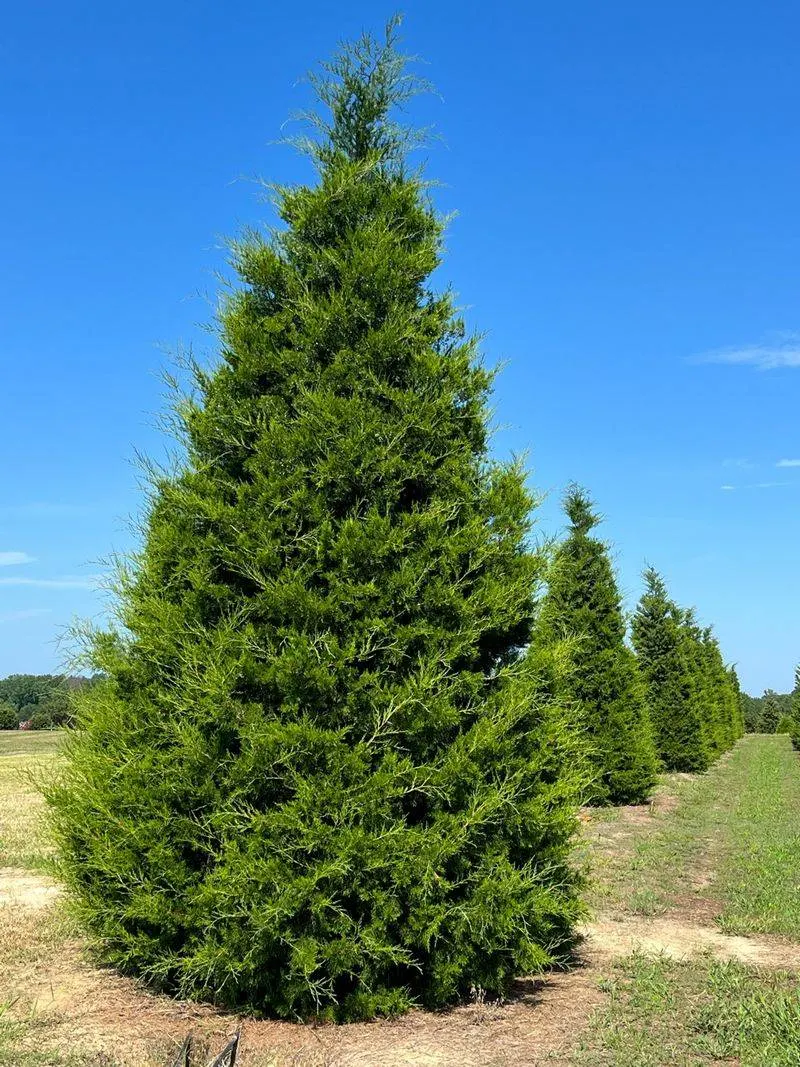
Valued for its aromatic wood and natural insect repellent properties, but it can become aggressive, overtaking garden space and crowding out other plants. Its dense growth can also harbor pests. The Eastern Redbud is a pleasing alternative, offering beautiful spring blooms and a more restrained growth habit. It integrates well with diverse plantings, adding seasonal interest while maintaining balance. Choosing an Eastern Redbud ensures a harmonious and visually appealing landscape.
Hemlock
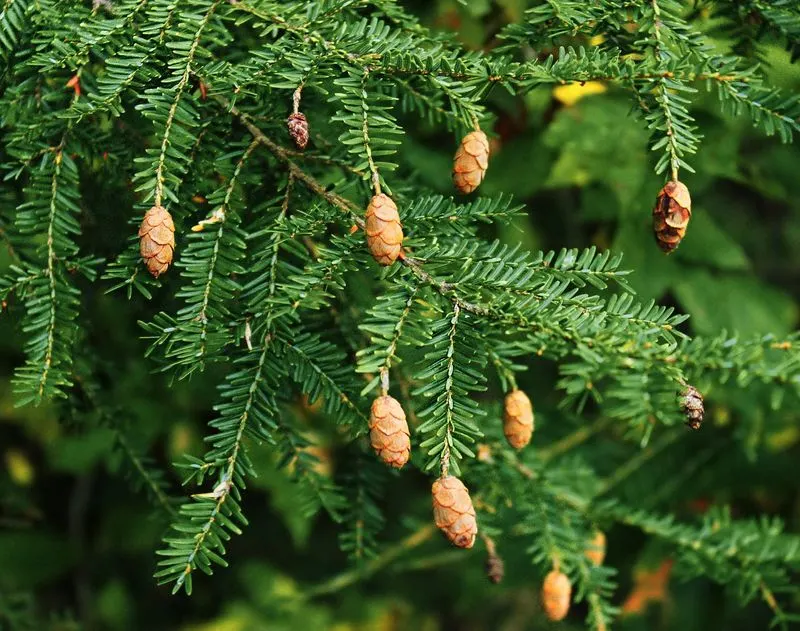
Admired for its delicate foliage and shade tolerance, but it requires specific conditions to thrive and is susceptible to pests like the woolly adelgid. Its need for consistent moisture can make it challenging to maintain. The Canadian Hemlock, however, is more adaptable, thriving in various conditions and offering a similar visual appeal. Planting a Canadian Hemlock provides the desired elegance without the demanding upkeep, allowing for a more resilient garden setting.
Yew
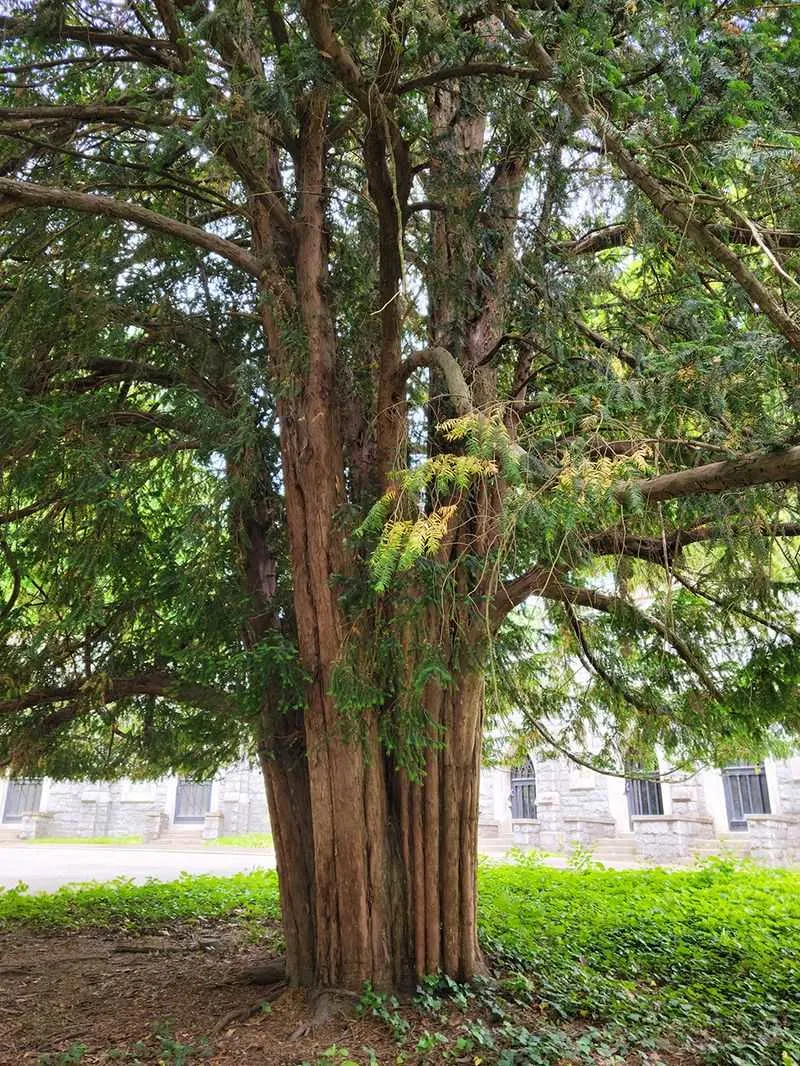
Appreciated for its rich foliage and longevity, yet its toxicity can pose a risk, especially in homes with pets or children. Its slow growth can also be a drawback for those seeking immediate impact. The Japanese Plum Yew is a safer alternative, providing a similar aesthetic with less risk. It grows faster and adapts well to different environments. Choosing a Japanese Plum Yew helps create a beautiful, family-friendly garden space without compromising on visual appeal.

